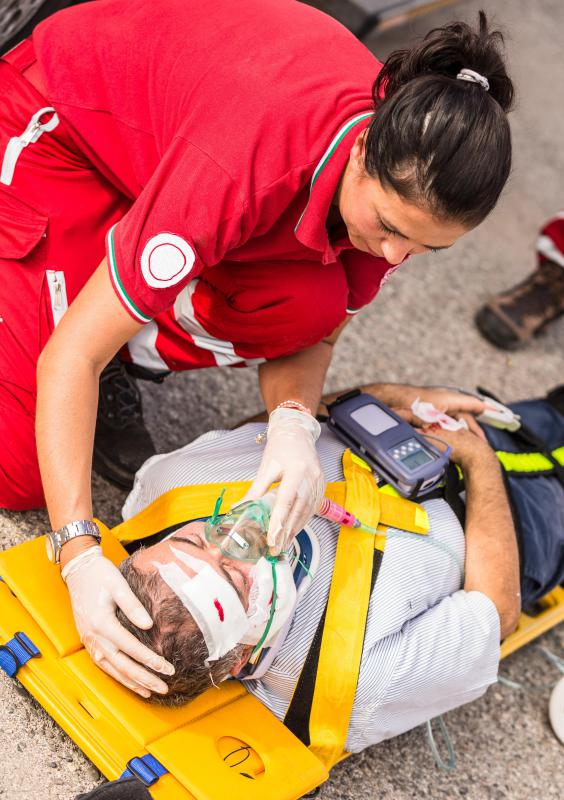At TheHealthBoard, we're committed to delivering accurate, trustworthy information. Our expert-authored content is rigorously fact-checked and sourced from credible authorities. Discover how we uphold the highest standards in providing you with reliable knowledge.
What Are Cerebellar Lesions?
The cerebellum is the part of the brain responsible for coordination of movement, attention, some language functions, and the regulation of certain emotions. It controls the actions of muscles and joints in order to produce controlled, deliberate movements. Cerebellar lesions are areas of tissue in the cerebellum that have been damaged by a traumatic brain injury or a disease. They typically cause problems with coordinated movement, vision, and cognitive functions. Lesions in the brain can be very small to quite large, and are often referred to as tumors.
Some cerebellar lesions are malignant, while others are not related to cancer and are caused by injury or other pathologies. Other causes include exposure to toxins, gun shot wounds, strokes, and multiple sclerosis. Symptoms of cerebellar lesions vary depending on the location of the damaged tissue and the size of the affected area. Over time, the symptoms can even worsen.

When damage occurs in the flocculonodular lobe, the area of the cerebellum responsible for vestibular control, symptoms include difficulty with balance and trouble walking. Lesions in the mid-cerebellum cause problems with gross, entire body movements, while lesions toward the edge of the structure cause difficulty with fine motor control. Injury to the cerebrocerebellum, at the side of the cerebellum, results in difficulty with more complex, organized movements. This may make it hard to control the speed or direction of movement.

Cerebellar lesions most often cause problems with movement and motor control. Movement complications occur on the same side the lesion is located in the brain. Patients may experience difficulty with moving opposite sides of the body at the same time, controlling the hands and fingers, coordinating speech, and controlling the muscles used for swallowing. Larger lesions may also lead to tremors and severe headaches.

Eye problems are another common complication of cerebellar lesions. Vision impairments include difficulties with judging distance and depth, maintaining a direct gaze, and nystagmus. Nystagmus is a rapid, repetitive movement of the eye that can make focusing very difficult.
Diagnosis of cerebellar lesions occurs via a combination of medical testing and analysis of symptoms. Most commonly an MRI is performed to identify the size and location of the lesion. Treatment options are dependent on the cause and type of lesion. The procedure may include surgical removal of the lesion, radiation or chemotherapy to shrink the area of damaged tissue, or pharmacological management and therapy to address movement, speech, and vision difficulties.
AS FEATURED ON:
AS FEATURED ON:













Discussion Comments
Are progressive supranuclear palsy and cerebellar ataxia one and the same?
Post your comments